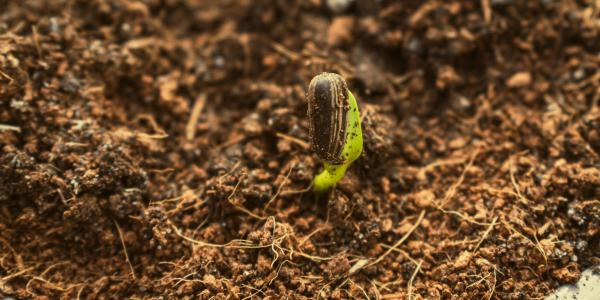EEPS Colloquium: Elizabeth Herndon
Elizabeth Herndon
Environmental Sciences Division, Oak Ridge National Laboratory
Department of Earth, Environmental, and Planetary Sciences, University of Tennessee Knoxville
Redox biogeochemistry in the Arctic tundra
Climate change is warming the Arctic faster than the global average, enhancing decomposition of soil organic matter and increasing the potential for Arctic landscapes to serve as major sources of greenhouse gases to the atmosphere. Higher primary productivity and carbon storage in plant biomass may partially offset carbon losses but can be limited by the availability of nutrients such as phosphate. Although phosphate bioavailability in organic-rich tundra soils is typically considered to be regulated by plant uptake and organic matter decomposition, sorption to iron oxides may control phosphate solubility at redox interfaces where iron oxides accumulate. Here, I explore how soil saturation and associated redox conditions shape iron oxide formation and phosphate solubility across Arctic tundra hillslopes. These studies inform understanding of nutrient and carbon dynamics in tundra soils and in adjacent streams that are increasingly impacted by permafrost thaw.
Host: Jeff Catalano
EEPS Colloquia are made possible by the William C. Ferguson Fund.

